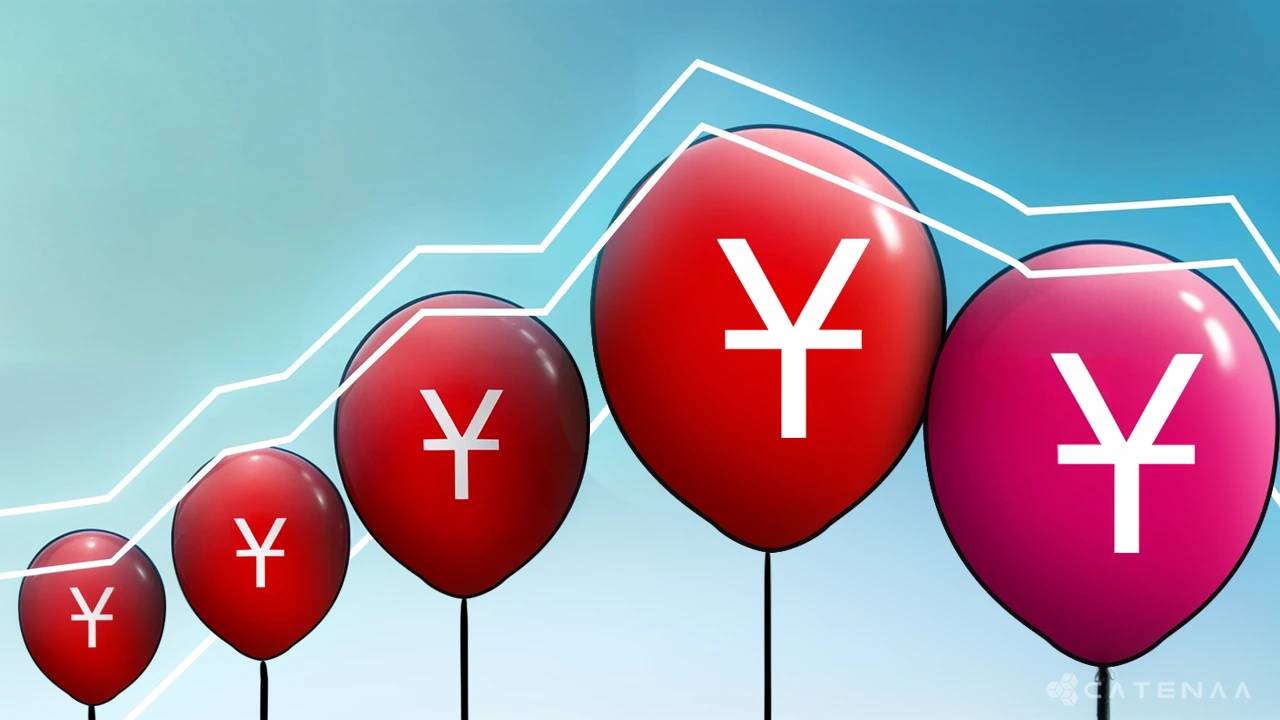WASHINGTON, D.C, Wednesday, July 10, 2024 – The World Bank projects a stabilization in global economic growth in 2024, with a gradual rise expected in the coming years. However, the outlook remains fragile, particularly for developing economies, according to the World Bank’s latest Global Economic Prospects report released recently.
The report can be accessed here.
The report forecasts global growth to hold steady at 2.4% in 2024, gradually increasing to 3.0% by 2026.
This stabilization is attributed to anticipated easing of monetary policy as inflation shows signs of decline. Despite this cautious optimism, the outlook remains subdued compared to pre-pandemic trends.
The report also issues a caution on its optimistic forecast by highlighting several key downside risks.
Escalating geopolitical tensions could disrupt the flow of trade and investment, harming economic activity worldwide.
Similarly, increased trade barriers and protectionist measures could hinder global economic integration, slowing down growth.
The report says that continued high interest rates could dampen investment and economic growth, especially for heavily indebted countries.
It also says the rising frequency and intensity of climate-related disasters pose significant threats to infrastructure and livelihoods, potentially derailing economic progress.
The report also explores regional economic performance. East Asia and Pacific, a crucial growth engine, is expected to slow down due to China’s weaker-than-expected performance.
Europe and Central Asia are projected to see a modest rebound, while Latin America and the Caribbean face continued struggles with inflation and policy uncertainty.
Middle Eastern and North African economies are expected to benefit from higher oil prices, while South Asia is projected to see robust growth led by India’s strong performance. Sub-Saharan Africa’s growth is expected to pick up slightly, but remains constrained by inflation and political instability.
World Bank Calls for Policy Action
The World Bank recognizes the need for proactive policy measures to navigate the economic headwinds.
The report outlines key areas for action at both global and national levels. Emerging economies are advised to prioritize price stability through monetary policy adjustments while also managing exchange rate pressures to maintain economic stability.
It says that prudent fiscal management is crucial to create space for critical investments in infrastructure and social programs.
The report also emphasizes the importance of implementing structural reforms that boost productivity and build economic resilience.
These long-term measures are essential for promoting sustainable growth in the face of current challenges.
Public investments in infrastructure are highlighted as a key driver for economic growth. The report calls for improved efficiency in public spending and encourages private sector participation to bridge the infrastructure gap in developing economies.
The World Bank’s report underscores the interconnectedness of the global economy and the need for international cooperation. Robust policy measures and coordinated efforts are essential to promote a sustainable and inclusive global economic recovery that benefits all nations
ss regions, with China’s slowdown impacting East Asia and Pacific, while South Asia is expected to see robust growth.


